MONTANA SNOW REPORT
Last Updated: January 5, 2026
New snowfall across
Montana
today, with
Nohrsc 14B04 - Blacktail/Colocated With Wxl82
receiving up to
3” of
new snowfall, raising snowpack levels up to
12”.
Snowpack levels across the state are currently 89% of normal.
The deepest snowpack in Montana
was last observed at
Nohrsc Flattop Mtn.
with a
snowpack depth of
75”,
about 134%
of normal when compared to it's
56"
average depth for this time of year.
Carrot Basin,
perched at an elevation of
9,000 ft.,
is currently experiencing some of the coldest temps in
Montana
with air temps last recorded at
25 degrees.
More snowfall is expected this week, and areas like
Nohrsc Flattop Mtn.
are forecasted to receive up to
29"
of snowfall in the next 5 days.
Montana Snowpack Map
Explore real-time snowpack depths across Montana.
Winter Storm Warnings
January 5 2026
KOOTENAI/CABINET REGION
LOWER CLARK FORK REGION
NORTHERN CLEARWATER MOUNTAINS
JUDITH GAP; NORTHERN SWEET GRASS; ...
CASCADE COUNTY BELOW 5000FT; JUDITH ...
EAST GLACIER PARK REGION; NORTHERN ...
Avalanche Conditions
Montana Ski Area Forecast
Next 5 Days
-
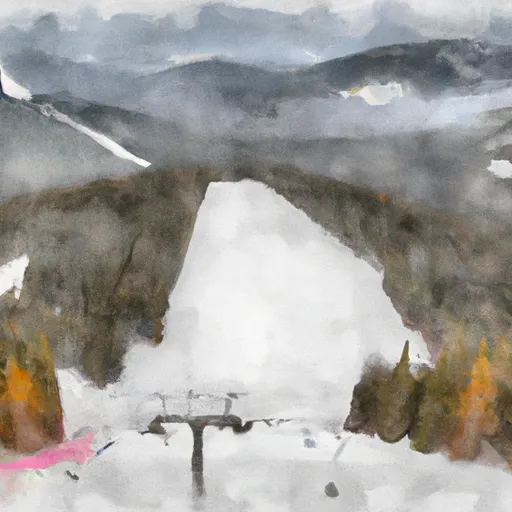 Bear Paw Ski Bowl
2"
Bear Paw Ski Bowl
2"
-
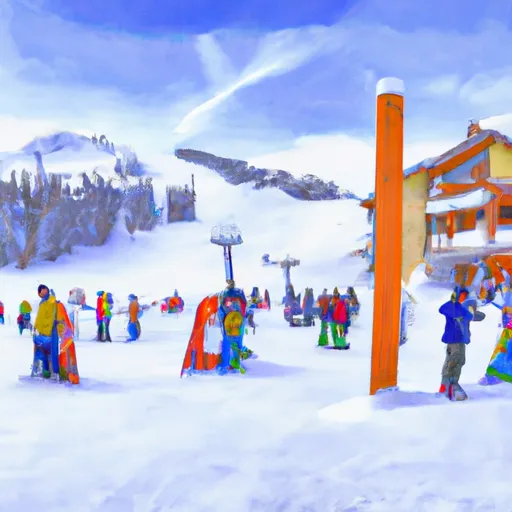 Big Sky Resort
33"
Big Sky Resort
33"
-
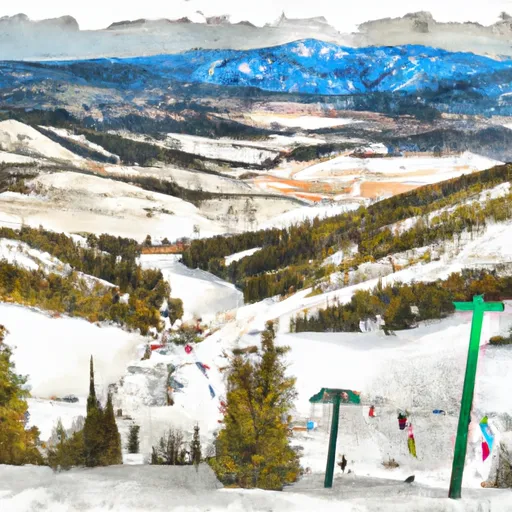 Blacktail Mountain Ski Area
24"
Blacktail Mountain Ski Area
24"
-
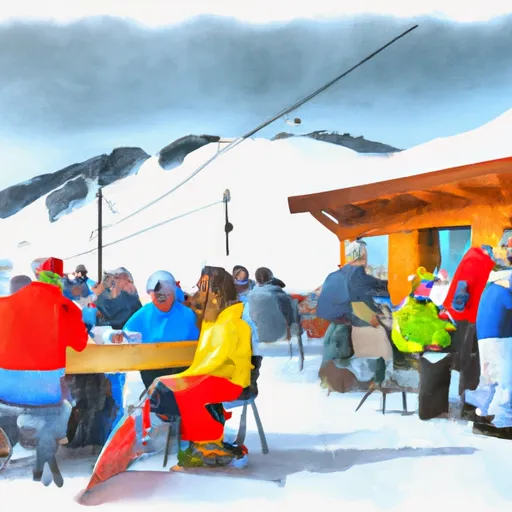 Bridger Bowl Ski Area
33"
Bridger Bowl Ski Area
33"
-
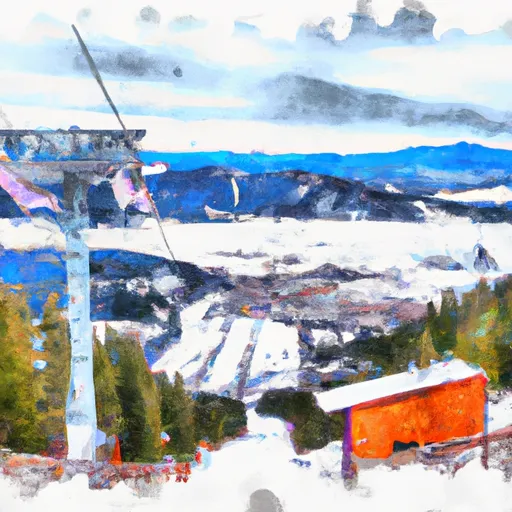 Discovery Ski Area
24"
Discovery Ski Area
24"
-
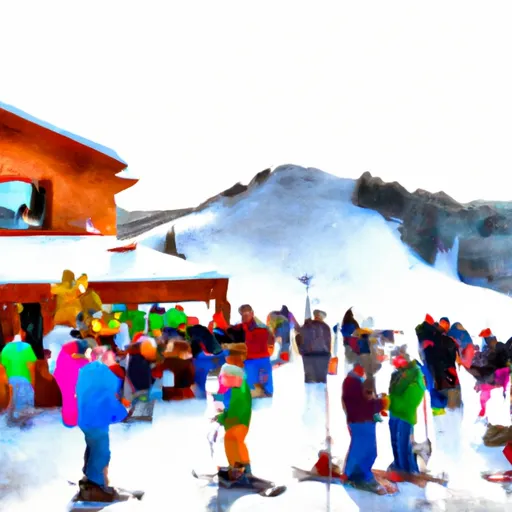 Great Divide Snowsports
18"
Great Divide Snowsports
18"
-
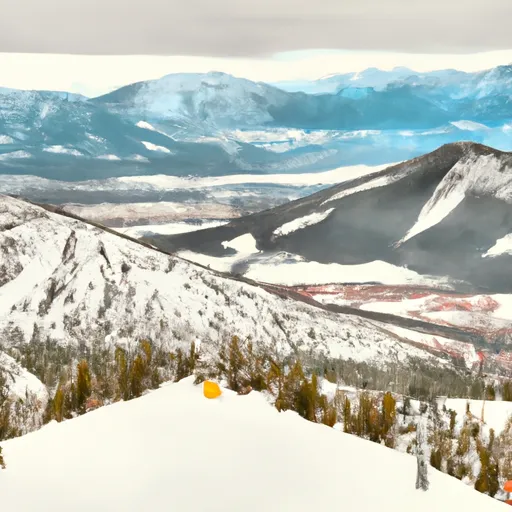 Montana Snowbowl
24"
Montana Snowbowl
24"
-
 Moonlight Basin
33"
Moonlight Basin
33"
-
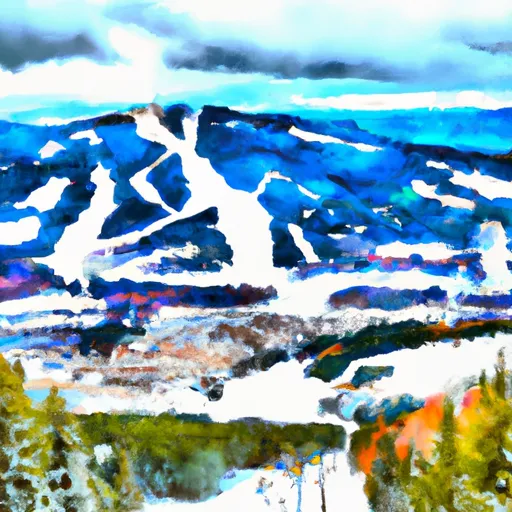 Red Lodge Mountain
33"
Red Lodge Mountain
33"
-
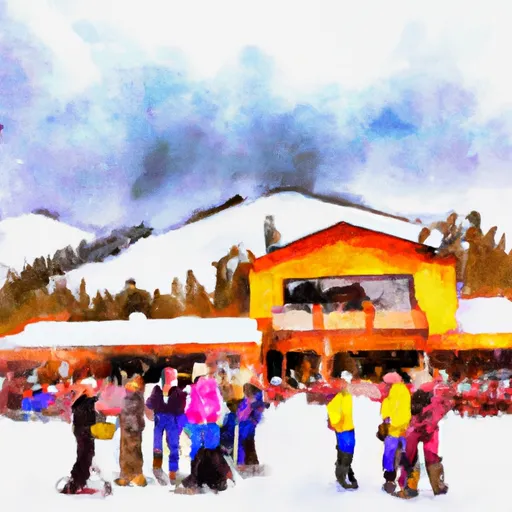 Showdown Ski Area
12"
Showdown Ski Area
12"
-
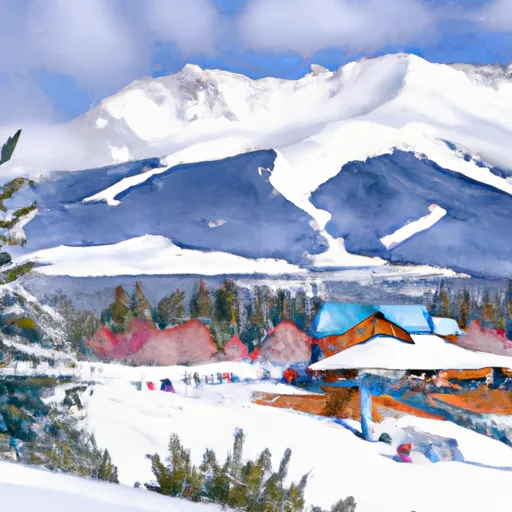 Spanish Peaks Resort
33"
Spanish Peaks Resort
33"
-
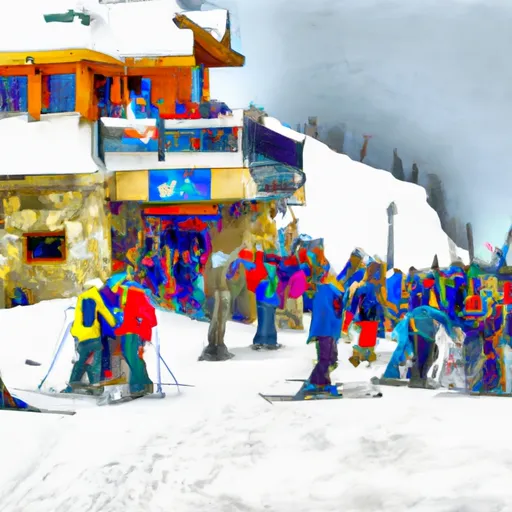 Teton Pass Ski Area
24"
Teton Pass Ski Area
24"
-
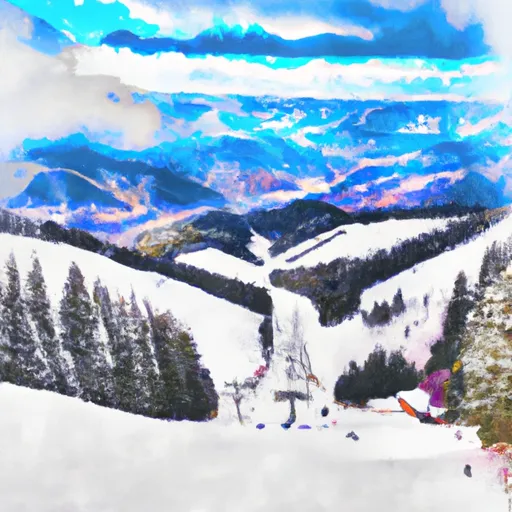 Turner Mountain
24"
Turner Mountain
24"
-
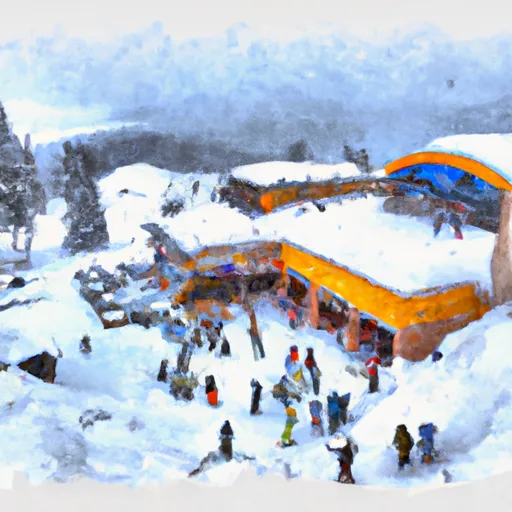 Whitefish Mountain Resort
24"
Whitefish Mountain Resort
24"
-
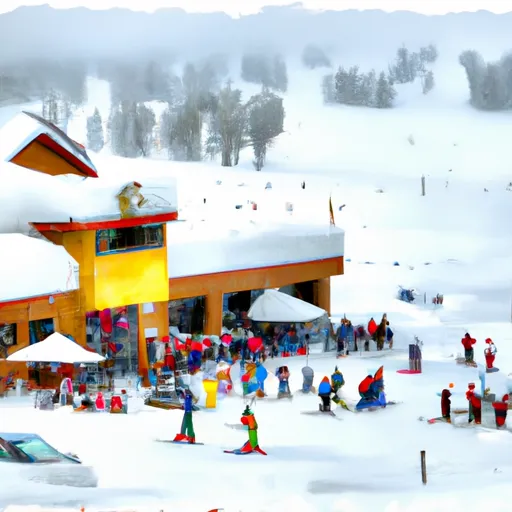 Yellowstone Club
33"
Yellowstone Club
33"
Montana Snow Report FAQs
How often is this report updated?
Daily from SNOTEL and NOAA sources.
What are snowpack levels in Montana like right now?
Snowpack levels across Montana are approximately 89.0% of normal compared to previous years.
Where is it coldest in Montana right now?
Carrot Basin is experiencing frigid temperatures of 25°.
Where in Montana will get the most snowfall this week?
Nohrsc Flattop Mtn. is expected to receive up to 29" of more snowfall over the next 5 days.
Where is the most snow in Montana today?
Currently at Nohrsc Flattop Mtn. with 75".
